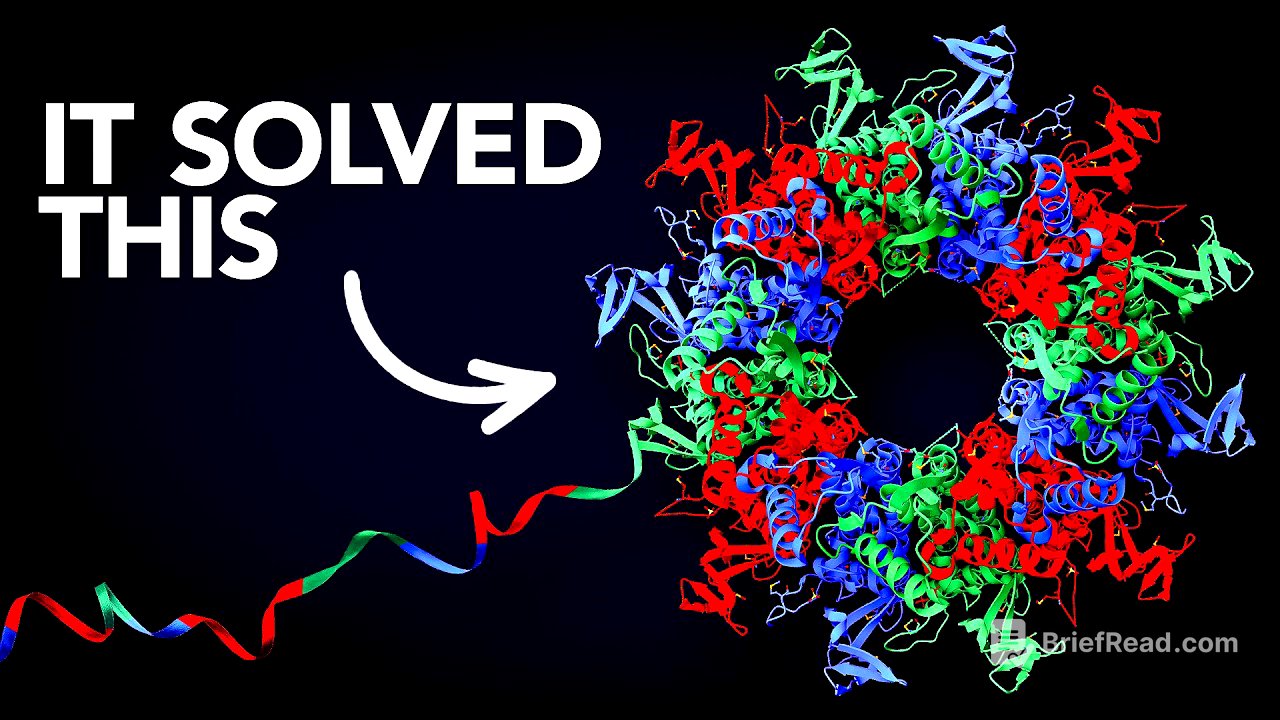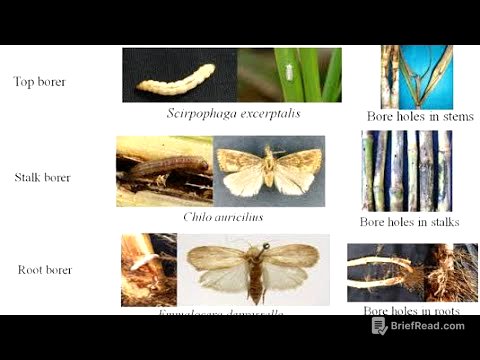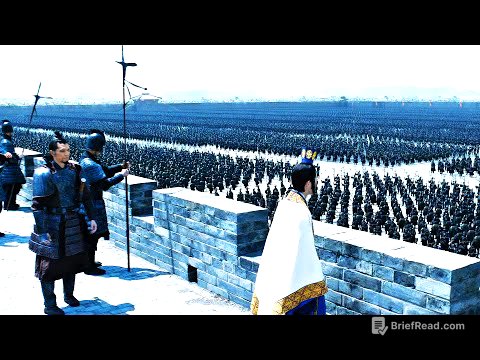TLDR;
This video explores the groundbreaking advancements in protein structure prediction using AI, specifically focusing on DeepMind's AlphaFold and its impact on scientific research. The video highlights how AlphaFold revolutionized the field by accurately predicting protein structures, leading to significant breakthroughs in various areas, including vaccine development, antibiotic resistance, and disease understanding. It also discusses the future potential of AI in scientific discovery, emphasizing its ability to accelerate progress and unlock new avenues of research.
- AlphaFold, an AI algorithm developed by DeepMind, solved the protein folding problem, accurately predicting the 3D structure of proteins.
- This breakthrough has accelerated scientific research, leading to advancements in vaccine development, antibiotic resistance, and disease understanding.
- The video also explores the future potential of AI in scientific discovery, highlighting its ability to accelerate progress and unlock new avenues of research.
How to determine protein structures [0:00]
The video begins by introducing the challenge of determining protein structures, comparing it to Fermat's Last Theorem in biology. It explains that traditional methods like X-ray crystallography were time-consuming and expensive, requiring years of research to determine the structure of a single protein. The video then delves into the basic structure of proteins, explaining how amino acids bond to form chains that fold into complex 3D shapes, which determine their function.
Why are proteins so complicated? [3:50]
The video explores the complexity of protein folding, highlighting the astronomical number of possible configurations for even a short protein chain. It discusses the limitations of traditional methods and the need for a more efficient approach. The video introduces the CASP competition, a challenge to develop computer models that could predict protein structures from amino acid sequences.
The CASP Competition and Deep Mind [5:34]
The video details the history of the CASP competition, highlighting the early efforts and the limitations of algorithms like Rosetta. It introduces DeepMind and its AI algorithm, AlphaGo, which gained fame for defeating a world champion in the game of Go. The video explains how DeepMind's founder, Demis Hassabis, was inspired by his experience with the Fold It game and decided to apply AI to solve the protein folding problem.
How does Alphafold work? [9:08]
The video explains the workings of AlphaFold 1, a deep neural network trained on a vast dataset of protein structures. It highlights the importance of evolutionary information, which provides clues about the protein's structure and function. AlphaFold 1 predicted a 2D pair representation of the protein structure, which was then used to generate a 3D model. While AlphaFold 1 showed promise, it didn't achieve the desired accuracy.
3 ways to get better AI [12:06]
The video discusses the three key steps taken to improve AlphaFold's performance: maximum compute power, a large and diverse dataset, and better AI algorithms. It emphasizes the importance of better algorithms, highlighting the role of transformers and attention in AlphaFold 2. The video also briefly mentions the sponsor of the video, Hostinger, a website building platform that utilizes AI to simplify the process.
What is a Transformer in AI? [14:24]
The video explains the concept of transformers in AI, focusing on the concept of attention. It uses the example of a sentence to illustrate how attention can identify relationships between words and add context to sequential information. The video then explains how AlphaFold 2 utilizes a transformer called EVO Former to analyze amino acid sequences.
The Structure Module [17:15]
The video describes the structure module, a key component of AlphaFold 2. It explains how the module predicts the 3D positions of amino acids within the protein structure, emphasizing its ability to position amino acids independently without relying on the chain constraint. The video also highlights the iterative process of refining the protein structure prediction through multiple passes through the EVO Former.
Alphafold 2 wins the Nobel Prize [18:35]
The video showcases the success of AlphaFold 2 in the CASP 14 competition, where it achieved unprecedented accuracy in predicting protein structures. It highlights the significance of this breakthrough, emphasizing the speedup in scientific research and the impact on various fields, including vaccine development, antibiotic resistance, and disease understanding. The video also mentions the awarding of the 2024 Nobel Prize in Chemistry to John Jumper, Demis Hassabis, and David Baker for their contributions to protein structure prediction and design.
Designing New Proteins - RF Diffusion [20:36]
The video shifts focus to the work of David Baker, who received the Nobel Prize for designing new proteins from scratch. It explains his technique, called "RF Diffusion," which utilizes generative AI to create proteins with specific functions. The video uses the example of snake venom anti-venom to illustrate the potential applications of this technology.
The Future of AI [22:58]
The video concludes by discussing the broader implications of AI in scientific discovery. It highlights the potential of AI to accelerate progress in various fields, including materials science, and unlock new avenues of research. The video emphasizes the transformative power of AI and its ability to solve fundamental problems that have hindered human progress. It concludes with a hopeful outlook on the future, suggesting that AI could lead to breakthroughs in areas like disease cure, novel materials, and environmental restoration.









